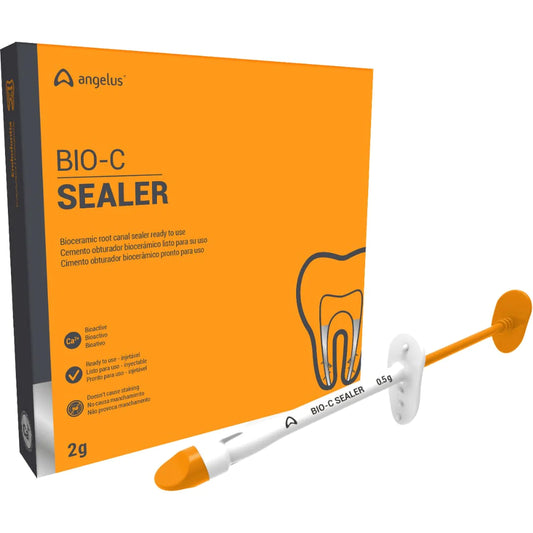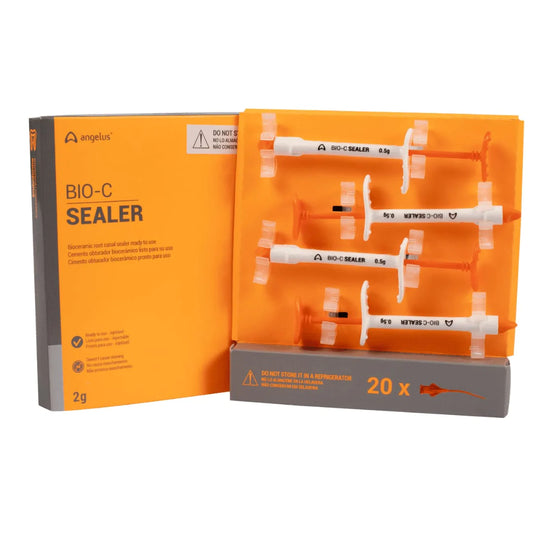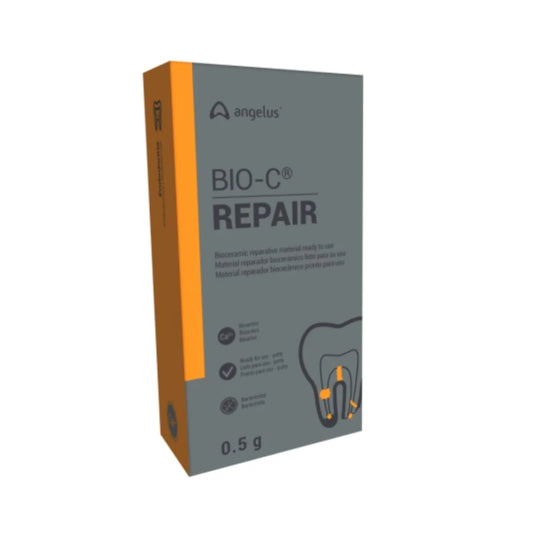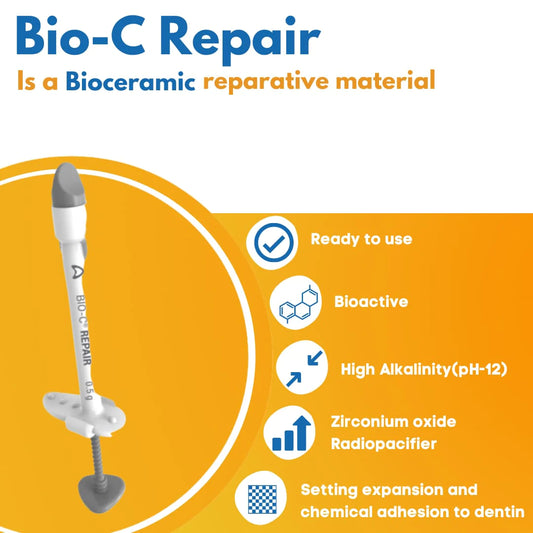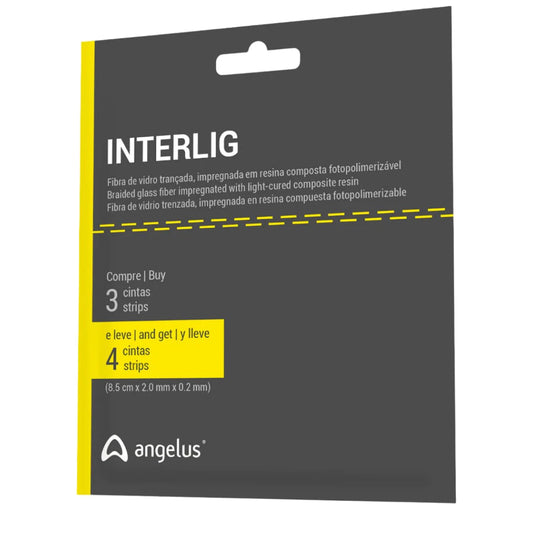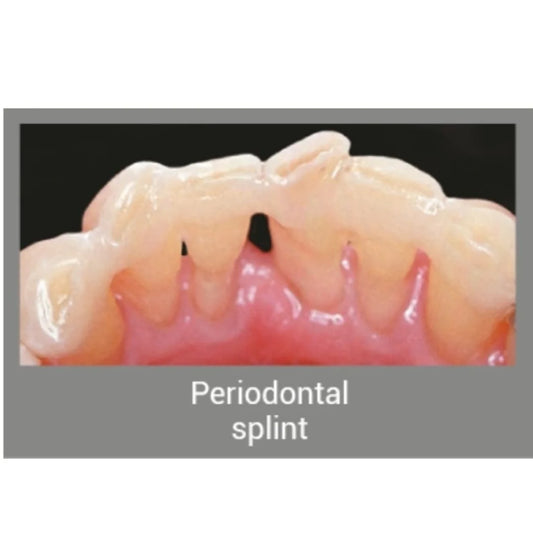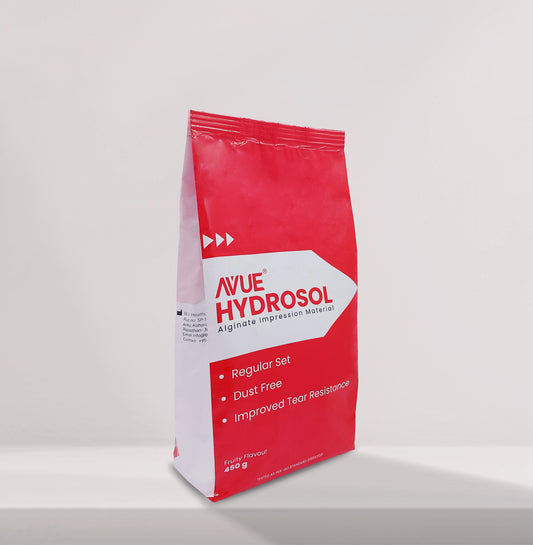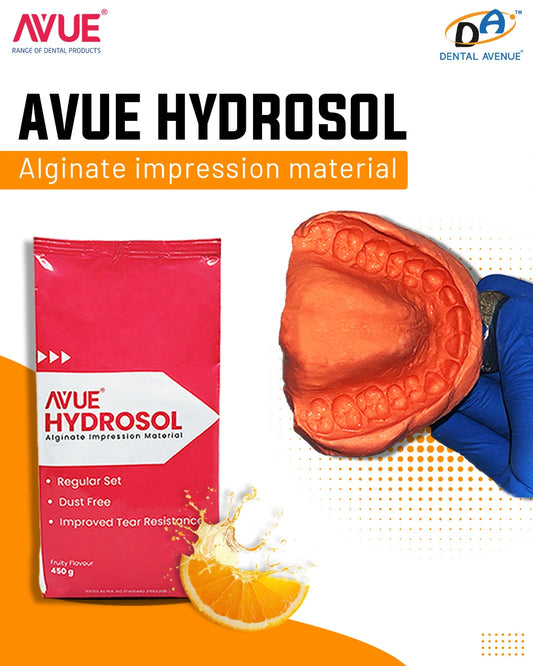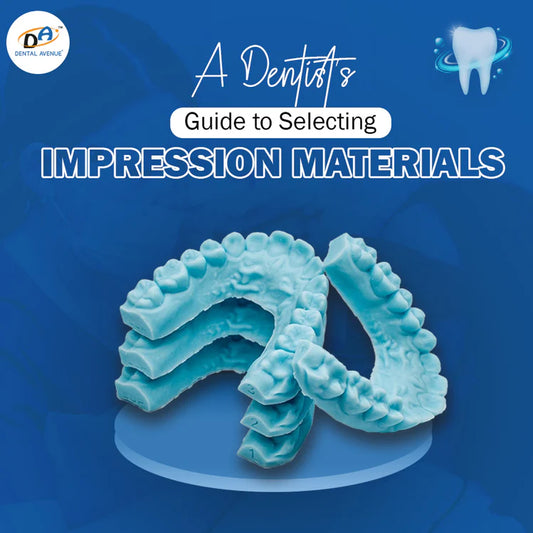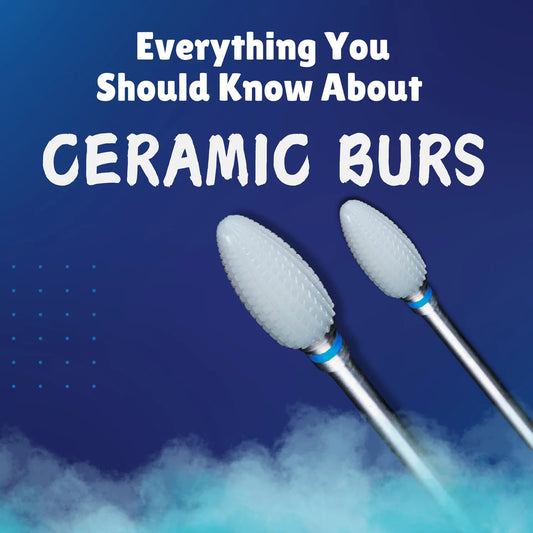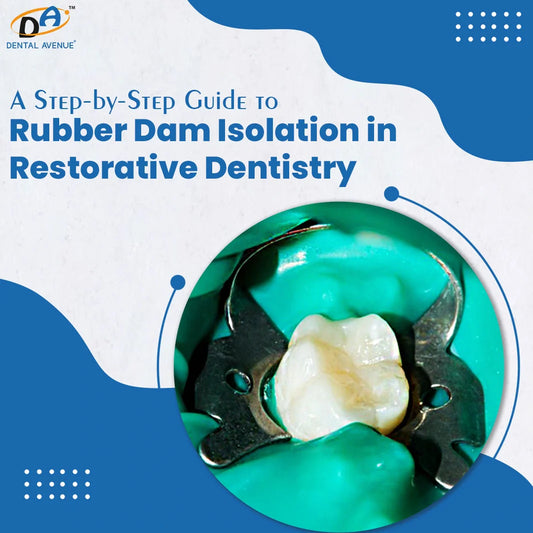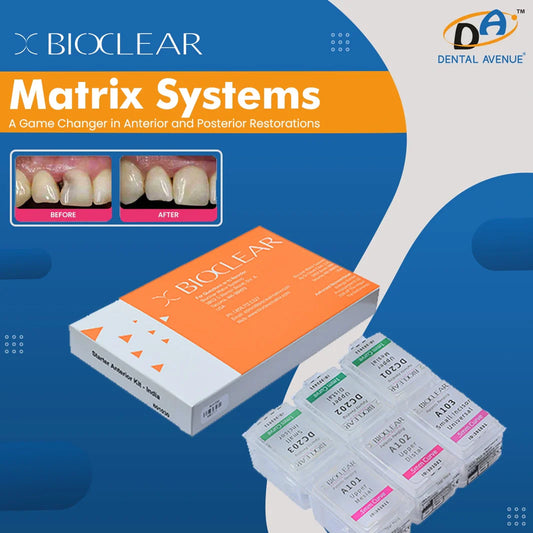A GIC filling offers a modern solution for restoring teeth. You will have a filling that is bonded chemically to your tooth, thus making it stronger without any additional adhesives.
It is also recommended by dentists since it releases fluoride that prevents further decay and promotes the health of teeth. It is most beneficial to patients who have small cavities, root caries or children who require tooth-colored fillings.
Let’s understand this filling, its uses, advantages, durability & reasons why you must choose.
What is GIC? (Glass Ionomer Cement)
An aqueous-based material that hardens following an acid-base reaction between fluoroaminosilicate glass powder and Polyacrylic acid solution.
The dentist places a GIC dental filling because a chemical reaction increases its viscosity, so it adheres directly to your tooth. The bond will prevent the creation of gaps that are susceptible to cavity-causing bacteria, thereby decreasing your chances of future cavities. The material also dissolves, releasing fluoride ions over time, which also helps your teeth to be resistant to decay and promotes remineralisation.
Composition of Glass Ionomer Cement
The question that will arise about the glass ionomer cement (GIC) is why it is so effective as a dental filling. The secret is in its special composition of ingredients.
|
Component |
Function |
|
Base glass |
Fluoro-alumino-silicate (sodium/fluoro-aluminosilicate glass) |
|
Silica (SiO₂) |
A major component in the glass |
|
Alumina (Al₂O₃) |
Part of the glass matrix |
|
Calcium fluoride (CaF₂) |
Fluoride for anti-carcinogenicity and remineralization |
|
Aluminium Phosphate |
Decreases the melting temperature |
|
(Optional: Metal powder, silver alloy) |
Used in metal-reinforced GICs (e.g., Ketac Silver) |
Chemical Bonding
GIC dental filling chemically (ionic) bonds to the tooth structure (enamel and dentin). The mechanism of GIC adhesion to the tooth's inorganic structure involves a chelation reaction between the carboxyl groups of the polyacrylic acid and the calcium in the hydroxyapatite crystals of the tooth.
-
The polyalkenoic acid in the GIC reacts with calcium ions found in the tooth’s hydroxyapatite, creating a stable chemical link.
-
The material may also provide micro-mechanical retention seeping into micro spaces in the tooth in resin-modified GICs, thereby enhancing adhesion.
-
The combination of such chemical and micro-mechanical attachments is what keeps your filling in and helps seal off the possibility of your tooth decaying again.
Classification of GIC (Teeth Filling Treatment)
GIC may be classified based on application as follows:
-
Type I - Luting cement used for cementation of crowns and bridges
-
Type II - Restorative cement used for aesthetic fillings
-
Type III – GIC used as liners and bases
-
Type IV – GIC used as pit and fissure sealants
-
Type V – GIC used for orthodontic cementation
-
Type VI – GIC is used for core build-up in highly mutilated teeth
-
Type VII – Fluoride-releasing light-cured GIC
-
Type VIII – GIC for atraumatic restorative treatment (ART)
-
Type IX – GIC used for paediatric and older adult restorations
GIC Dental Indications & Contraindications
When to Use
-
Used for anterior esthetic restorations in Class III and V
-
Class I and II restorations in primary teeth
-
Applied as a luting agent (RivaCEM Resin Modified GIC Luting Cement and SDI Riva Luting - Glass Ionomer Luting Cement available at Dental Avenue)
-
Utilized for core build-up procedures
-
Suitable for restoring eroded areas
-
Employed in atraumatic restorative treatment (ART)
-
Acts as an adhesive for orthodontic brackets
-
A liner or base under composite restorations (sandwich technique)
Tip: GIC filling is an intelligent option when you wish to save the maximum amount of natural tooth and when you need minimally traumatic treatment.
When to Avoid
-
Class IV carious lesions or fractured incisors
-
Exclude lesions on large labial enamel areas where esthetics matter
-
Class II carious lesions requiring conventional cavity preparation
-
Avoid replacing existing amalgam restorations
-
Lost cusp areas
Recommended Read - K File Uses in Endodontics | Everything You Need to Know
Properties of Glass Ionomer Cement
Fluoride Release
The pattern of fluoride release from glass ionomer cement is characterised by an initial rapid release of appreciable amounts of fluoride, followed by a taper in the release rate over time.
The constant fluoride release during the following days is attributed to the fluoride's ability to diffuse through cement pores and fractures. Thus, continuous small amounts of fluoride surrounding the teeth reduce demineralization of the tooth tissues.
Biocompatibility
GIC fillings generally show good biocompatibility, meaning the tissues in your mouth tolerate them well. Most patients experience little to no irritation after placement. Clinical studies show that GICs cause only a mild response in the tooth pulp, especially when compared to some resin-modified versions or materials with added acids.
Minimal Shrinkage
The composite fillings contract when curing by up to 2 or 3 percentages. Any such shrinkage can produce minute crevices along the margins of the filling through which bacteria can be introduced to make new decay. However, in contrast, GIC fillings do not shrink when setting.
This property helps your GIC filling stay tightly sealed against your tooth. You get better protection against leakage and secondary cavities.
Note: Minimal shrinkage also means your dentist can preserve more of your natural tooth, making GIC fillings ideal for minimally invasive procedures.
Adhesion
Glass ionomer materials create a lasting bond with tooth surfaces and other polar substances, including base metals. Various surface conditioning materials are used to strengthen the adhesion.
Mechanical Properties
Glass ionomer cement has compressive strength equivalent to zinc phosphate cement, whereas its tensile strength is slightly higher than zinc phosphate cement.
Ease of Use
These materials can easily be mixed and used by dentists since they do not need complex procedures such as etching or bonding reagents. This ease minimises the chances of mistakes and cuts down the time you spend at the dental appointment.
Studies show that children treated with GIC fillings display more positive behaviour and higher satisfaction compared to other treatments.
Physical
You benefit from several physical properties that make GIC fillings unique:
-
GICs match the thermal expansion of your natural teeth, reducing the risk of cracks.
-
Smaller and denser filler particles increase compressive strength and hardness.
-
Larger particles can improve wear resistance.
-
Modifications like nanofilled resin coatings and glass-carbon cements boost strength and durability.
-
Storages, including moisture and temperature, influence the final strength of filling.
Aesthetic
You might see that GIC fillings provide a tooth-like colour and certain translucency to the fillings that allow them to mix with your natural teeth. Resin-modified GICs and isomers are modified forms that are meant to have enhanced aesthetics and to prevent discoloration.
Handling
GICs with high viscosity dry fast and can be placed in bulk with time and error saving. It is a handy feature, particularly among kids or any person who would rather have shorter trips to the dentist.
The material is also versatile to be used as a liner, base, and sealant. GICs might, however, not be the most suitable solution in places where the appearance is paramount or extremely high strength is required. Futuristic, further enhancements in the form of the incorporation of natural fibers could also enhance handling and durability.
Modification of GIC
Resin-Modified
However, you will discover that resin-modified glass ionomer cements (RMGICs) have the most desirable characteristics of conventional GICs, allied with the incorporation of additional resin materials. Another thing is that RMGICs have lower solubility in saliva, which implies that it takes longer before your filling wears out.
These fillings keep the necessary fluoride release, so you still get protection against cavities.
Metal-Modified
Metal-modified GICs, sometimes called cermets, include metal particles such as silver. You might choose this type if you need a filling in a posterior tooth that faces heavy masticatory forces. The metal particles increase the strength and wear resistance of the filling. Both compressive and tensile strength are greater than conventional GIC.
Metal-modified GICs work well for small to medium cavities, especially when protected with a nano-filled varnish. Nevertheless, such fillings also have certain disadvantages. They are not as durable as composites, and you might find that they wear out sooner or bend out of shape.
Advanced Formulations
Newer products use nano-sized fillers and bioactive ceramics to boost strength and stability. Some, like Zirconomer, add zirconia particles to improve compressive strength and reduce wear.
Other innovations include glass carbomer materials with nano-hydroxyapatite, which increase bioactivity and support tooth repair. Oh, but the new materials can be more brittle and longer term tests are still pending to see how well they work.
GIC Filling vs Composite
|
Feature / Property |
GIC Filling (Glass Ionomer Cement) |
Composite Resin Filling |
|
Material & Bonding |
Chemically bonds to enamel and dentin without bonding agents. |
Micro‑mechanically bonds to tooth structure with bonding agents. |
|
Fluoride Release |
Releases fluoride (“burst” initially and sustained over time), helping remineralize and prevent decay. |
No fluoride release |
|
Aesthetics |
Tooth‑colored, translucent, but shade match less precise; resin‑modified versions improve appearance. |
Excellent shade matching and polishability; nearly invisible restorations. |
|
Durability & Wear Resistance |
Lower strength, less wear‑resistant; best for non‑stress areas; often replaced within ~5 years. |
Stronger and more wear‑resistant; durable for small to medium cavities; >10 years expected lifespan. |
|
Ideal Use Cases |
Small to medium cavities in non‑load zones (e.g. cervical/root surfaces, pediatric teeth) |
Small to medium cavities in both front and back teeth; load‑bearing surfaces included |
|
Procedure Time & Technique Sensitivity |
Quicker to place; moisture‑tolerant; doesn’t require a strictly dry field |
More technique‑sensitive; requires strict moisture control and layering with curing light; longer chair time |
|
Shrinkage / Leakage |
Minimal shrinkage; good seal; lower microleakage due to chemical bonding |
Polymerization shrinkage can cause microleakage if not placed properly, |
|
Repairability |
Easy to repair/reapply without complete replacement |
Also, repairable; small chips or edge wear can often be fixed directly. |
|
Biocompatibility / Sensitivity |
Biocompatible; rare allergic reactions; some initial sensitivity possible |
Generally well tolerated; minimal post‑op sensitivity if placed correctly |
Final Thoughts
The Glass Ionomer Cement material is remarkable since it chemically binds enamel and dentin, generating a serviceable and durable bond.
Explore Riva Self Cure, Riva Light Cure & Riva Silver Enforced GIC at Dental Avenue India.
You benefit from continuous fluoride release, which helps remineralise your teeth and prevent new cavities. Dentists value its biocompatibility, so you experience fewer reactions or sensitivities.
The material matches the thermal expansion of your natural teeth, which lowers the risk of fractures. You also find it useful in a wide range of situations, such as treating cavities, sealing, lining, and managing tooth sensitivity.

